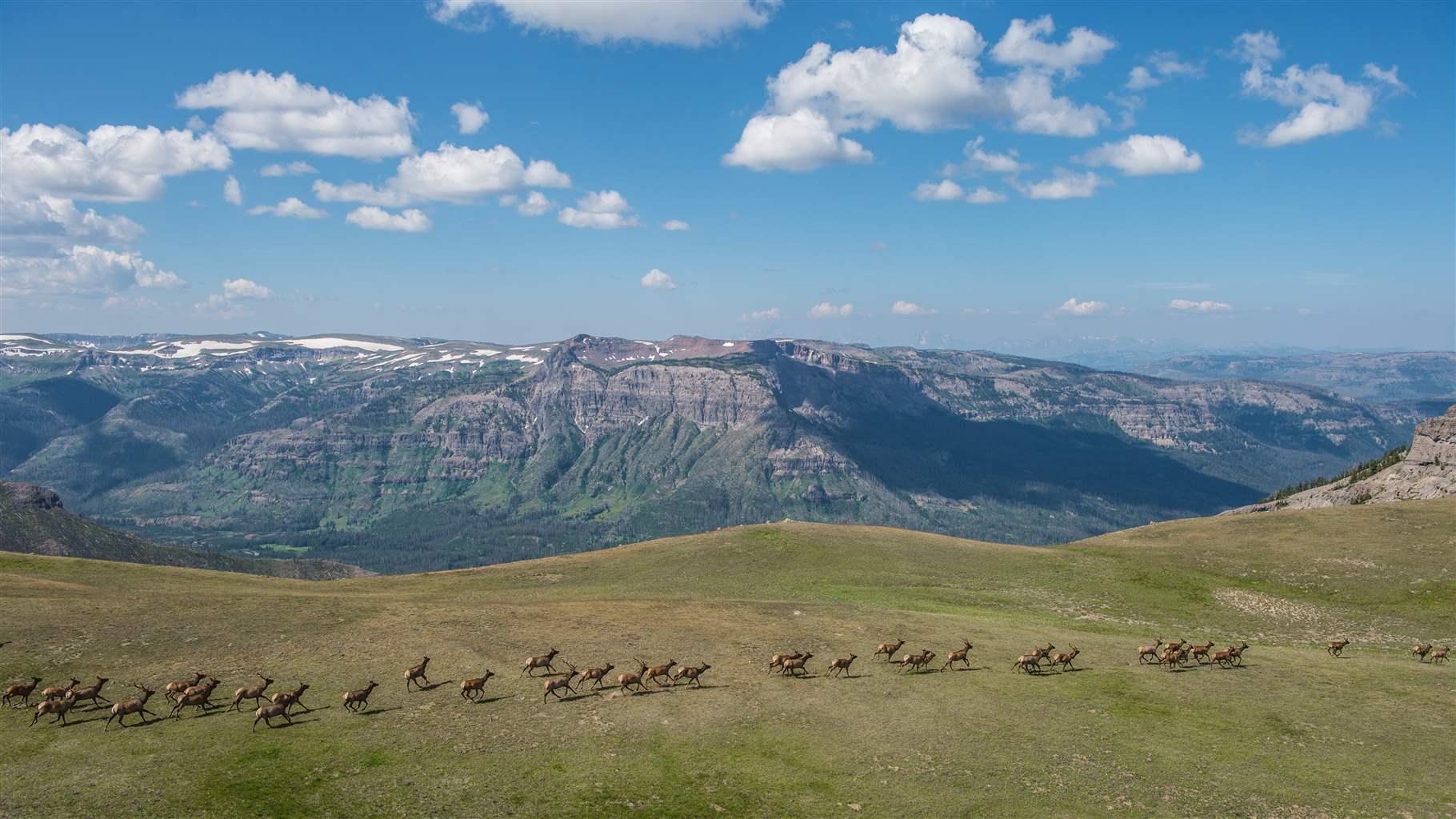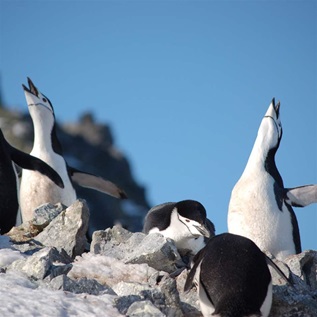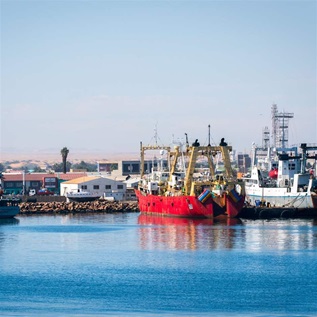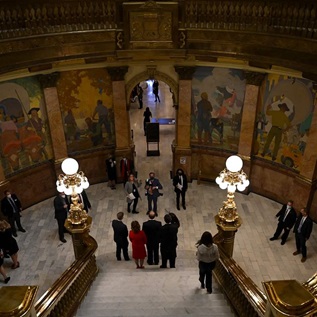Wildlife Corridors Need Conservation
Research and analysis on vital habitat, human-animal interactions, and measures to improve safety for all

The seasonal movement patterns of North American wildlife play an essential role in sustaining animals throughout the year and maintaining the ecosystems they depend upon. Species such as mule deer and elk often travel the same routes, tracking the seasons as they seek food, refuge, and breeding grounds—and increasingly, safe harbor from extreme weather and other effects of climate change.
However, highways, subdivisions, and energy developments are encroaching on open spaces, forcing animals to alter or cease their migrations, threatening wildlife populations, and creating roadway hazards, especially in rural areas. According to the U.S. Department of Transportation, up to 2 million collisions between motor vehicles and large animals occur each year in the United States, causing roughly 200 human deaths, 26,000 injuries, and at least $8 billion in damage. In rural states such as Wyoming, these collisions can represent almost 20% of all collisions reported.
But solutions to this problem are coming into focus. New technology is revolutionizing scientific understanding of migration behavior, routes, and timing. As more animals are outfitted with GPS collars, volumes of location data are enabling state and federal agencies to adopt smarter and more effective measures to conserve critical habitats and corridors and reduce wildlife-vehicle collisions. The Pew Charitable Trusts and its partners are working with governors, wildlife and transportation officials, Tribes, land managers, and scientists to support new land, wildlife, and transportation policies to conserve and restore vital movement corridors, keep the nation’s vast natural spaces connected, make highways safer, and ensure that wildlife have room to roam.










